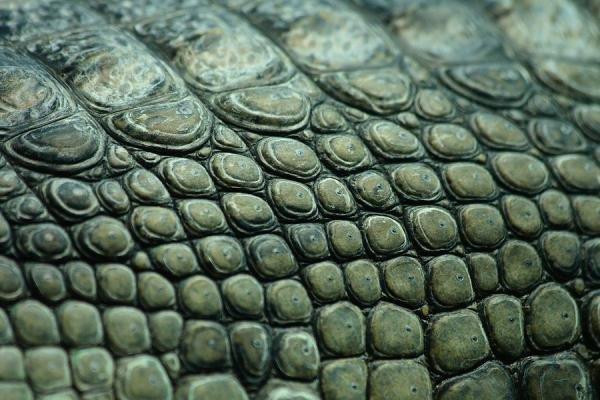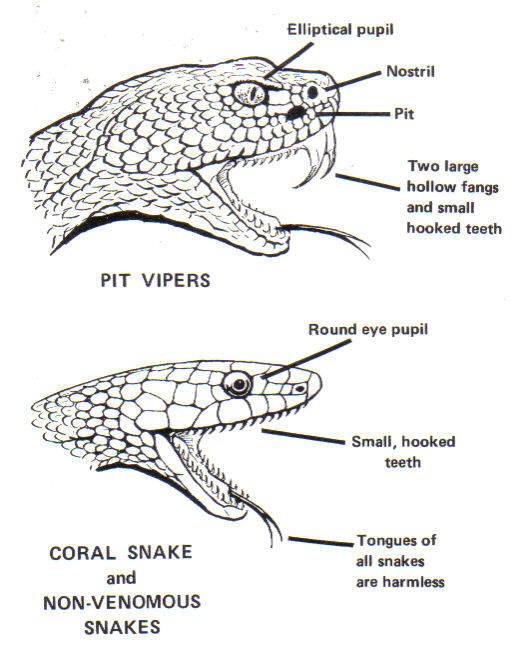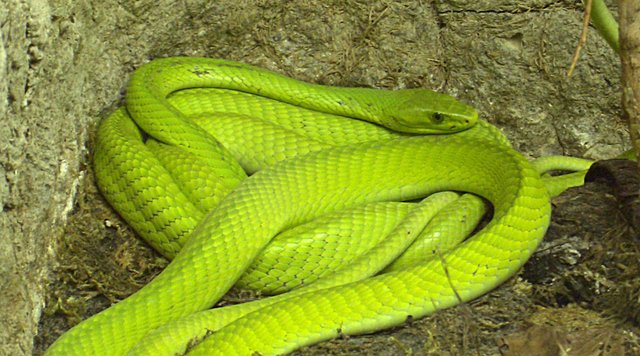Why @herpetologyguy Has To Be Careful Writing About Reptiles On Steemit
I love writing on steemit; on no other platform have I ever captured such a large audience or connected with people in so many distant places. Through posts, comments and steemit.chat, I have had lengthy conversations with people from Australia, India, Thailand, Indonesia, as well as much of Europe, Asia, Africa and South America. Being able to talk about my passion for reptiles and amphibians on a global scale (and have people listen!) is something I didn't really expect when I joined steemit...but it is awesome! I have found that people are really interested in what I have to say about these animals that are often feared or misunderstood, and I have connected with many others with similar interests. However, I did find that steemit presented a major challenge to me as a herpetologist, one I had never considered until I was communicating with others on a global scale.

Steemit is not my first herpetological blog. I run a (much less successful) blog for our facility, where I share tidbits about our animals and their lives here in captivity. Unfortunately, the blog sees very little traffic (partly because it is so difficult to find on our webpage, but what do I know?); I only get a few views per blog post, and perhaps a single comment once every few months. It is frustrating to say the least; because it requires a decent amount of time to write posts and receives so little attention, there is little incentive to post regularly. When I joined steemit, I expected the same kind of deal and most of my earliest posts were fairly similar to my previous blog; I would write about local reptiles and amphibians and my experiences, but as I got more attention, I started seeing a small problem (one I still have to consider for each post I write).
The problem is that it is difficult to talk about herptiles on a large, global scale. When talking about reptiles and amphibians, in terms of identifications, behavior, etc., there are certain "general rules" we follow but, of course, there are always exceptions to these rules. I had always been so focused on local species and I realized that, as I started reaching a larger, more distant audience, my information was not always accurate. For example, here at our facility, I tell visitors that you can identify a venomous snake by its triangular head and thick, short body. This rule works perfectly here in Virginia, where all of our venomous species are pit vipers; however, outside Virginia, this rule no longer applies; venomous species like cobras often have rounded heads similar to nonvenomous species, and may have a very long and thin body. People following the triangle head rule can run into serious trouble.

Even writing generalities can be dangerous. My most recent posts have been focused on venomous snakes, and I have mentioned that these animals, though potentially hazardous, are generally docile, preferring only to strike in defense. By and large they are, however someone living in Sub-Saharan Africa might find such a claim to be false; the black mamba is a highly venomous snake known to be quite territorial and may even actively chase a human. I've also stated that nonvenomous species heavily outnumber venomous species so you are less likely to run into one, however such a claim is almost laughable to someone from Australia, where venomous species actually outnumber nonvenomous species.

This may not seem like a huge problem, but it makes writing posts just a bit more challenging for @herpetologyguy. I want to share all the information I can about these creatures, however there is no reasonable way for me to accurately point out all these exceptions to the accepted rules. And this is a potentially dangerous thing; we are talking about wild animals, some of which have the potential to kill a human being. This means that I have to take great care when talking about these animals, and apply certain rules that are universal. For example, I always urge people to respect wild animals, including venomous snakes, a bit of advice that can save lives in almost any instance. However, my posts are not meant to be a complete education in the reptiles of the world (though I really do wish they could be!). I write about reptiles and amphibians because they are my passion, and I like to turn people on to these awesome animals by sharing my experiences and knowledge. My posts are meant to engage, entertain and get people thinking about herptiles; from there, I hope that people recognize the importance of these animals and seek out further information on the species native to their region.

While I am confident in the claims I make here on steemit, always be prepared for an unusual scenario. There are no universal rules in the world of herpetology, and I may write something as fact that you know to be untrue in your region. Many of my posts take days or even weeks for me to properly edit and publish; when writing about venomous or particularly dangerous species, I want to be as careful as possible that my posts do not put people into potentially dangerous situations by providing incorrect information. This is where I urge you to learn more, to keep yourself safe and better understand the natural world around you! Hopefully my posts can ignite a passion in my readers, but it is up to them to continue that education!

Sincerely I applaud you for coming here and talk about these animals.
I read your posts for knowledge.
Please if you find more details, don't hesitate to push them out to steemit.
I am 100% sure steemians all over the world are happy for your posts and your desire to inform.
I am no friend to any of them. No wonder the name herpetology kinda related to creep
Keep on steemit!
Exactly! The Greek word "herp" means creeping thing..."herpetology" actually translates to "the study of the creeping things"!
I think they actually do! :)
And you can connect with the people like me who are from India too. :P I have a snake phobia but i would able to read your post. Finally got the difference between two kind of snakes.
Snake is one of the reptiles that have little or deficient literature about their way of life, life cycle and so on. Nice job, you have just added to my knowledge of snakes.
Upvote my post @ezema and so we can achieve it together
I am loving Steemit also. I just started really here and each time I come on I get more into it! Great post @herpetologyguy
I think that common sense should already tell people what you have stated here. There is basically no rule that doesn't have a exception in the animal kingdom, if you look at it on a global scale.
If some one was poking a snake with his finger and received a venomous bite, despite the snake having a rounded head shape, I'd say its because this person has acted foolishly, not because you gave bad advice.
The best advice in all cases is: "If you see a animal and dont know exactly what it is, leave it alone. And if you do know what it is, also leave it alone."
If someone needs to learn this the hard way, its not your fault.
Lol this is true! BUT you have to admit that there is a severe shortage of common sense in the world today! I just wanna cross the t's and dot the i's to keep animals and people safe where I can!
Thanks for the disclaimer! There are so many species all around the world, it's almost impossible to encompass them all
I think I have a little "reptilophobia" (name coined by me) Fear for reptiles, but I still enjoyed your post
Let's leave the natural selection does its work. :D Snakes and some other living beings are beautiful creatures, but of courses, some of them can kill us! If you want to play or just be close to these creature, you should inform yourself first! (Exactly like you do) Cheers my friend, I'm not a big fan of reptiles, but the way you expose your passion is fascinating!
I had always heard the statement about snakes with elliptical pupils and triangular head being venomous as a stone cold fact. It's nice to see people who are doing their best to be responsible about the information that they share!
Lol it is a stone cold fact where I live! But if I travel about an hour south where coral snakes live, it is incorrect!
Oh wow! I didn't know it didn't apply to coral snakes. We apparently have a few in the extreme southwestern part of Arkansas, but not where I'm at. Although, we have a few Eastern milksnakes that will make you look twice.
Yup! Coral snakes are actually a member of the cobra family, so they appear very similar to many nonvenomous snakes (long/thin, round head, round eyes, pupils, etc).